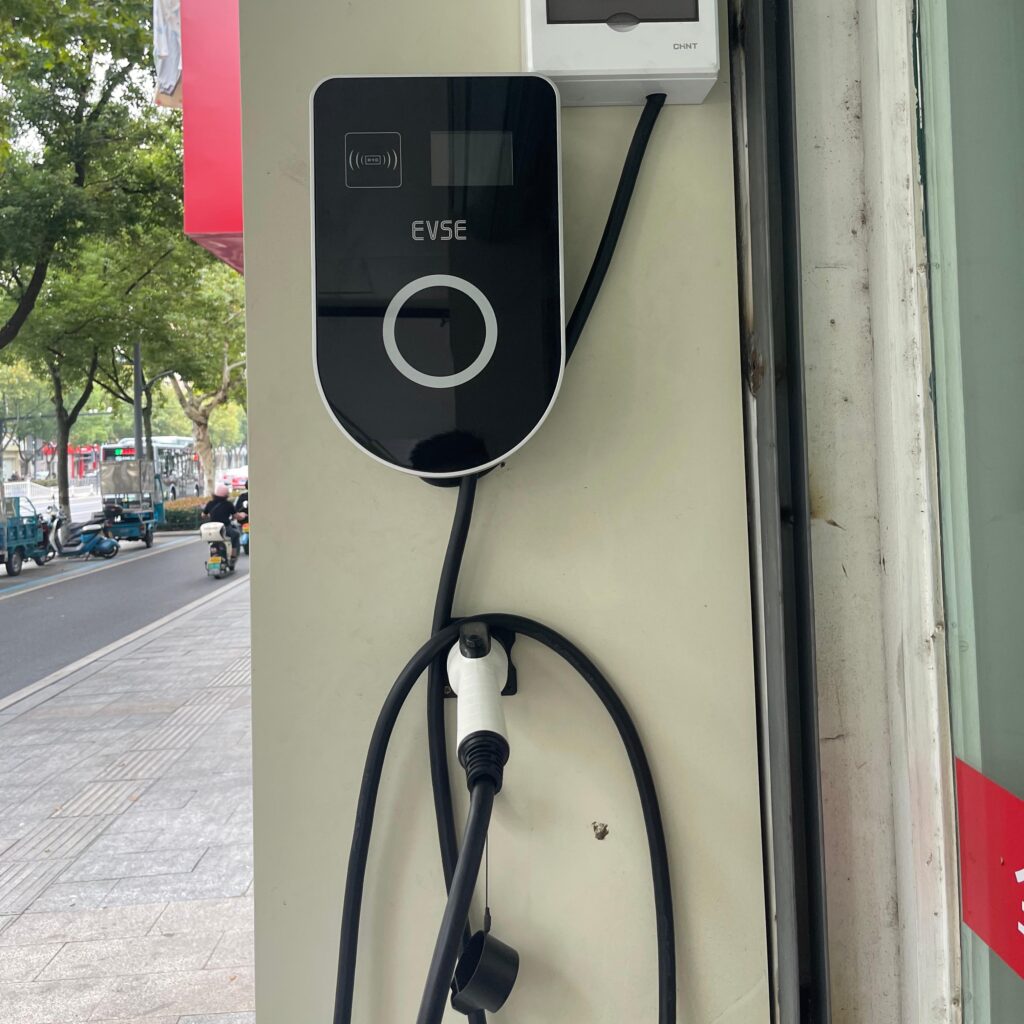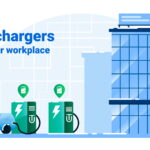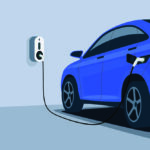Are you tired of waiting hours for your EV to charge? Many EV owners face this issue at home, but a Level 2 EV charger can make a big difference. It’s faster, more convenient, and perfect for busy lives. Let’s see if it’s right for you.
A Level 2 EV charger is essential for faster and more efficient home charging. It’s ideal for daily convenience and long-term cost savings.
Let’s dive into the details and see how a Level 2 charger works, its benefits, and if you need one.
What is a Level 2 EV Charger?
A Level 2 EV charger uses a 240-volt power source, unlike the Level 1 charger that uses a standard 120-volt outlet.
With a Level 2 charger, most EVs charge in 4–8 hours, compared to 20–40 hours with Level 1.
Level 2 chargers are great for people who drive daily or need quick charging. For example, someone driving 50 miles daily can fully recharge in just a few hours overnight. In contrast, a Level 1 charger might not fully charge the car by morning, causing frustration.
Understanding Level 2 Chargers: Features and Benefits
Level 2 chargers are more than just fast—they come with features that make charging smarter and safer.
Key features include smart apps, energy tracking, scheduling, and weatherproof designs.
Smart apps let you track charging progress or set charging times. For instance, some chargers connect to your phone, so you can start charging during off-peak hours when electricity is cheaper. They also have safety features like automatic shutoff, preventing overcharging or overheating. A study in 2022 showed that 85% of EV users prefer Level 2 chargers for these added benefits.
Benefits of a Level 2 Charger at Home
A Level 2 charger at home offers convenience and savings over time.
It saves hours of charging time, reduces energy costs, and increases home value.
If you drive 40 miles daily, a Level 2 charger can add enough power in just 2 hours. It also saves money by allowing charging during off-peak hours. For example, someone charging during night rates (10 cents/kWh) can save $100–$300 annually compared to charging at peak rates. Additionally, homes with built-in EV chargers can sell for $3,000–$5,000 more, according to a 2021 real estate study.
Electricity Costs and Savings: Analyzing Level 2 Efficiency
Can a Level 2 charger lower your electricity costs? The answer might surprise you.
Charging efficiently with a Level 2 charger can save money by avoiding peak electricity rates.
In many areas, electricity is cheaper at night. With a Level 2 charger, you can recharge during these times. For example, charging a Tesla Model 3 for 250 miles costs about $7 overnight compared to $15 during peak hours. If you use 10,000 miles a year, that’s a $320 annual saving! Plus, using renewable energy, like solar panels, with a Level 2 charger can make charging almost free.
Comparing Level 1 and Level 2 Chargers: What Sets Them Apart?
Understanding the difference between Level 1 and Level 2 chargers is important for making the right choice.
Level 2 chargers are faster and better suited for daily EV use, while Level 1 chargers are slower and basic.
Level 1 chargers take over 20 hours to fully charge most EVs. They work best for occasional drivers or those who only need 10–20 miles of range daily. However, Level 2 chargers can provide 25–30 miles of range per hour of charging, making them ideal for drivers with busier schedules. For example, a family with two EVs will struggle with just a Level 1 charger, but a Level 2 charger ensures both cars are ready on time.
User-Friendly Features: Why Level 2 Chargers Are Designed for Convenience
Level 2 chargers make charging easy and stress-free for users.
They include features like scheduling, energy tracking, and universal compatibility.
Some chargers let you set a schedule for charging through a mobile app, so you can avoid high electricity costs. Many are also compatible with almost all EVs, saving you the trouble of finding the right plug. For example, a 2023 survey found that 72% of users loved the convenience of app-based scheduling on their Level 2 chargers.
Can My House Handle a Level 2 EV Charger?
Before installing a Level 2 charger, you need to know if your home can support it.
Your home must have a 240-volt outlet or be upgraded to handle the power.
Most modern homes can support a Level 2 charger. Older homes might need an electrician to install a 240-volt outlet or upgrade the electrical panel, which can cost $500–$1,500. For example, in California, many residents received rebates covering 50–80% of these costs. Always check with a licensed electrician before installation to ensure safety.
Is a Level 2 Charger Worth the Cost for Bulk Buyers?
Businesses buying chargers in bulk must consider costs and long-term benefits.
Volume discounts and incentives make Level 2 chargers a great investment for bulk buyers.
For instance, a property developer installing 10 chargers might pay $700 per charger instead of $1,000, saving $3,000. Governments also offer rebates; in New York, businesses get up to $4,000 per charger. These savings make it easier to offer EV charging at apartments or workplaces, attracting tenants and customers.
How to Choose the Right Level 2 Charger
Choosing the right Level 2 charger depends on your EV, budget, and features.
Look for chargers compatible with your EV, reliable, and feature-rich.
Popular brands like Pansen, ChargePoint, and JuiceBox offer chargers with great reviews and features like app controls and durability. For example, a JuiceBox Level 2 charger costs about $650 but includes smart features and a 3-year warranty, making it a reliable choice for most EV owners.

Conclusion:
A Level 2 charger can make EV charging faster, easier, and more efficient. Whether for personal use or bulk buying, the benefits are clear. By preparing your home and choosing the right charger, you can save time, money, and energy while enjoying the convenience of a fully charged EV every day.





